WEEK 4
1/51
Earn XP
Description and Tags
pls end my pain
Name | Mastery | Learn | Test | Matching | Spaced |
|---|
No study sessions yet.
52 Terms
Ametabolous
E.g. Zygentoma, Archaeognatha
Ancestral strategy
Direct development
Hemimetabolous
Have juvenile phase: pronymph (hatches from egg), then nymph
Immature stages (nymphs) very similar to adults, feed and live in same habitat
Holometabolous
Several larva stages – pupa (mostly nonmobile) whole body rearranged; true metamorphosis
Neometabolous
Thysanoptera (thrips), some Hemiptera,
Propupa before adult stage
In what two main groups are Diptera classically divided? How do they differ from each other?
“Nematocera”:
Adults with long, multisegmented antennae; similar flagellomeres.
Larvae with cephalic capsule well-developed and mouth with mandibles
Brachycera:
Antennae of adults with a few segments and with stylus/arista; heterogeneous flagellomeres
Larvae with modifications in mandibles and without complete cephalic capsule
Key innovations of Coleoptera
Elytra
(Antennae with 11 antennomeres (reduced in length))
Primary functional units of beetle body:
Head - Prothorax - Pterothorax (=meso+metathorax) + abdomen
Name the suborders of Coleoptera
Archostemata
Myxophaga
Adephaga
Polyphaga
Families that evolved stridulation
Curculionidae, Scolytidae, Cerambycidae, Buprestidae, Hydrophilidae, Cicindelinae, Scarabaeidae, Glaresidae, larval Lucanidae, Passalidae, Geotrupidae
Cantharidae
soldier beetles (Weichkäfer)
soft-bodied
tarsal formula 5-5-5
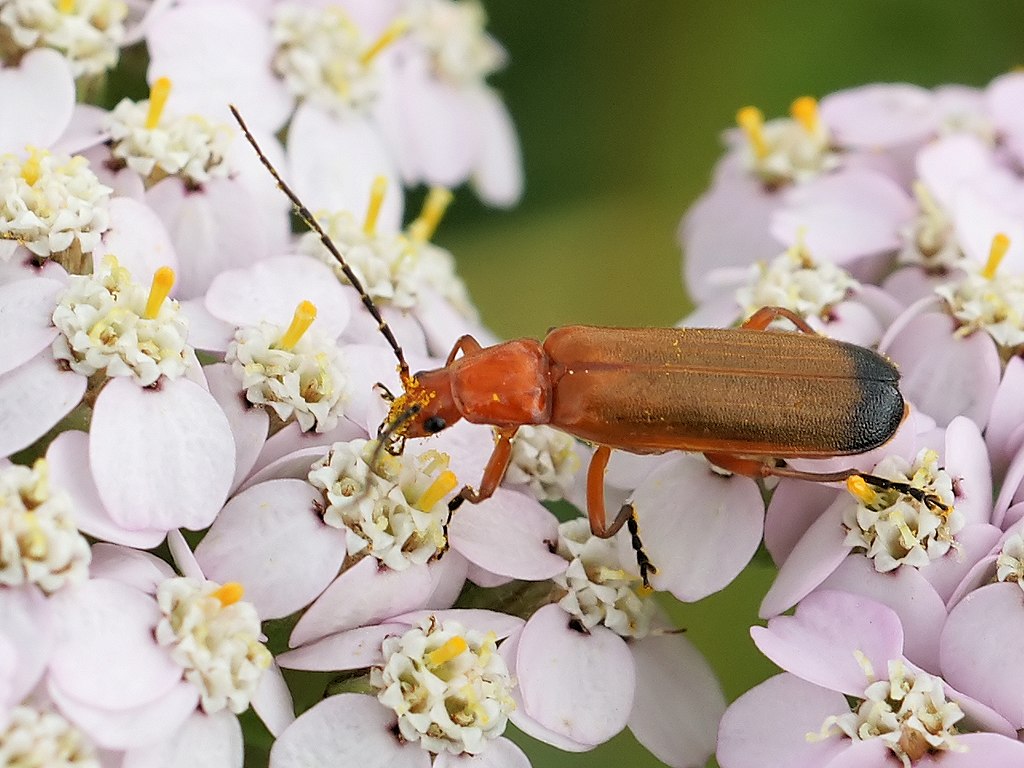
Coccinellidae
clubbed antennae
Tarsal formula 4-4-4 (may appear 3-3-3 because the third segment of each tarsus is reduced)
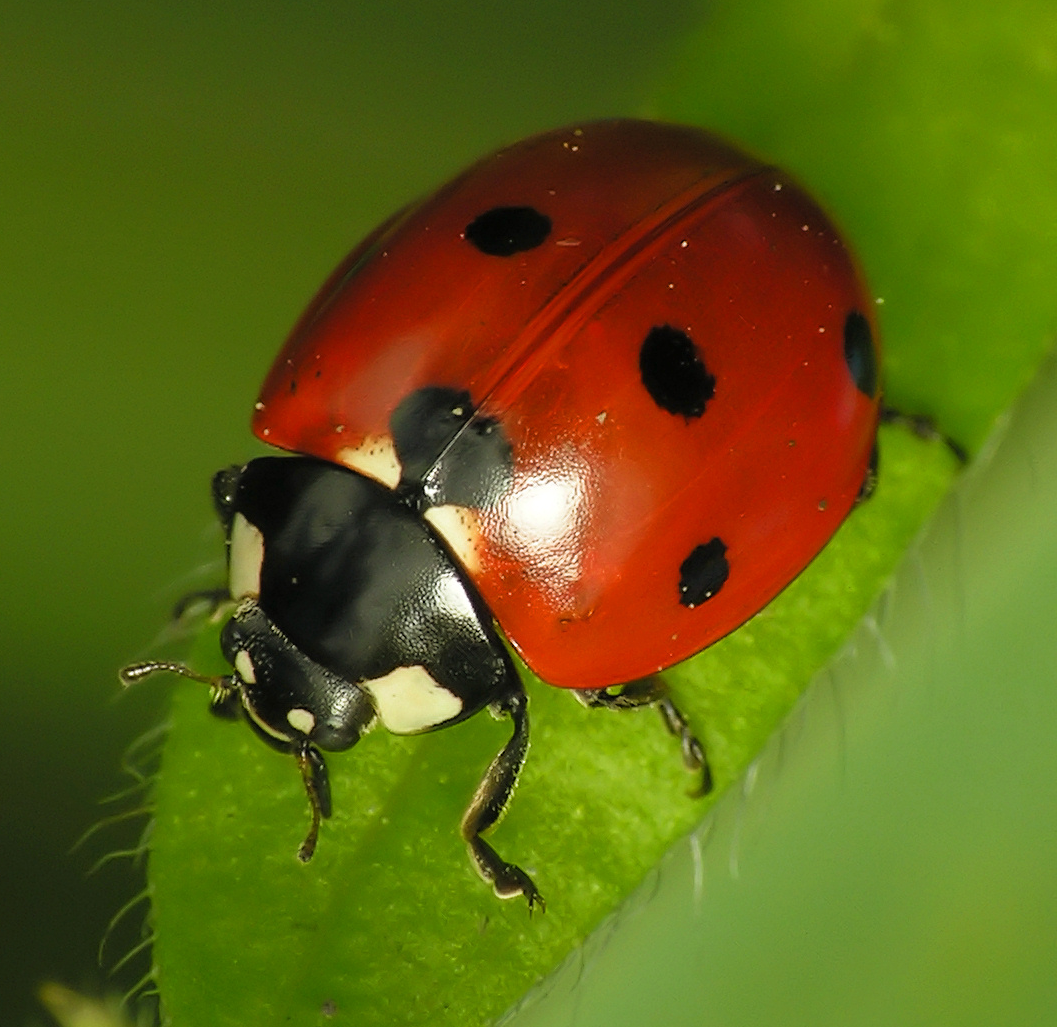
Chrysomelidae
Leaf beetles
Tarsal formula 5-5-5
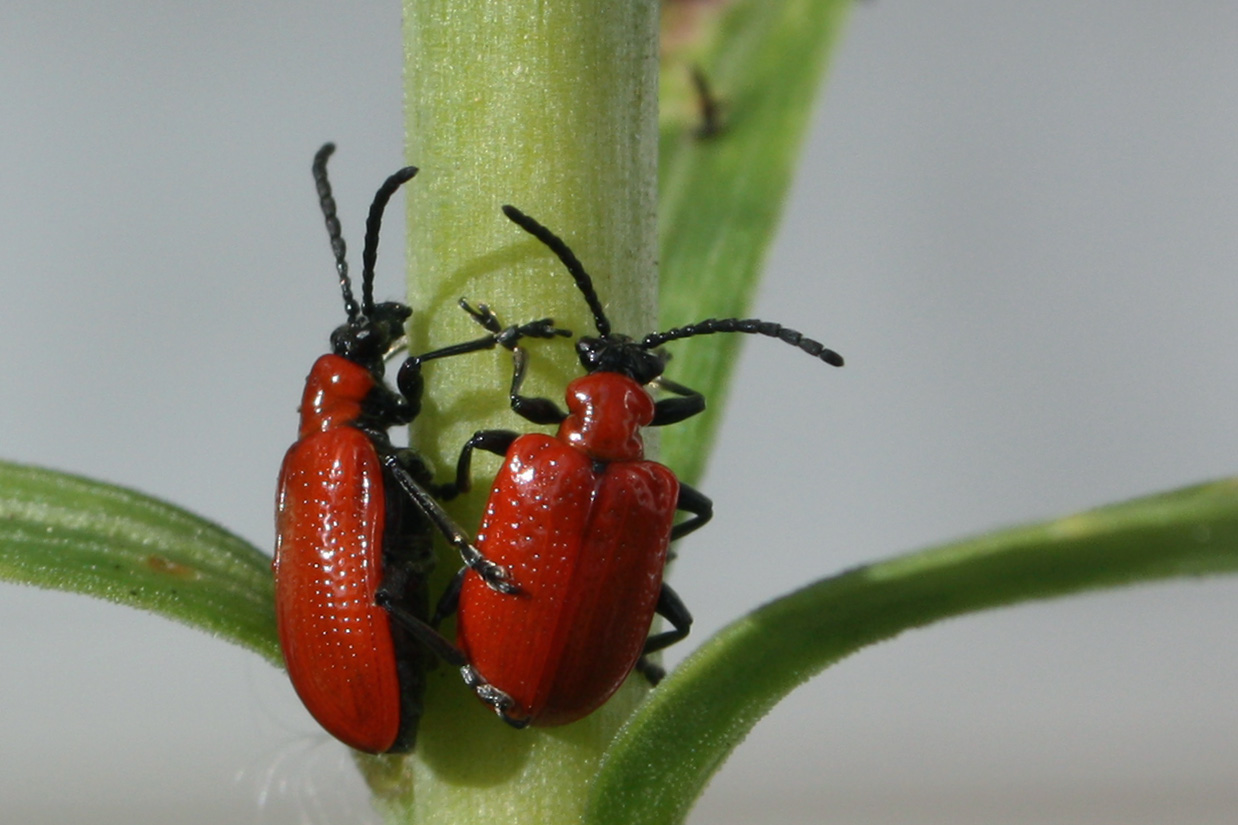
Tenebrionidae
Darkling beetles
often adaptations to dry conditions
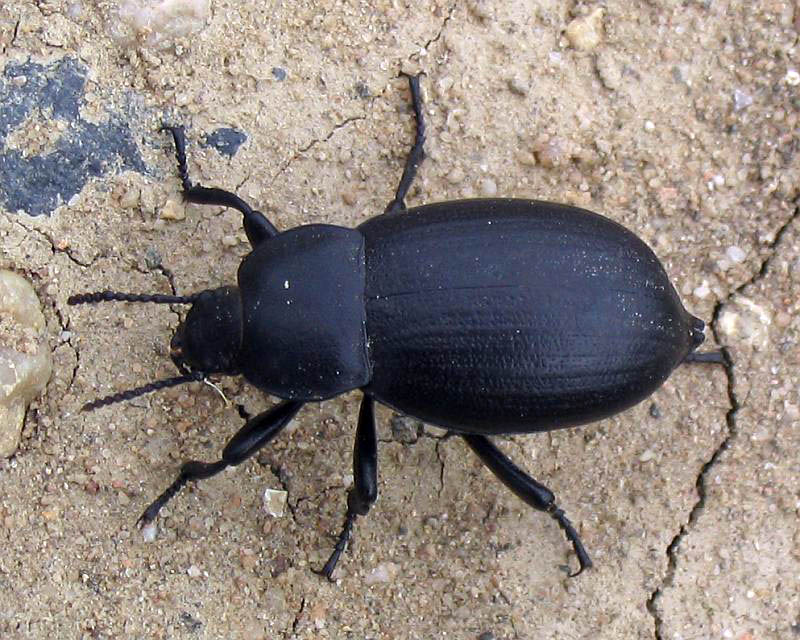
Carabidae
Adephaga!
have defense glands
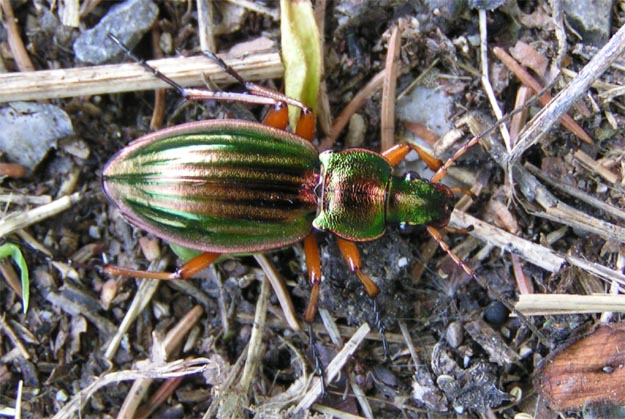
Geotrupidae
Dung beetles
e.g. Anoplotrupes stercorosus
Stridulation
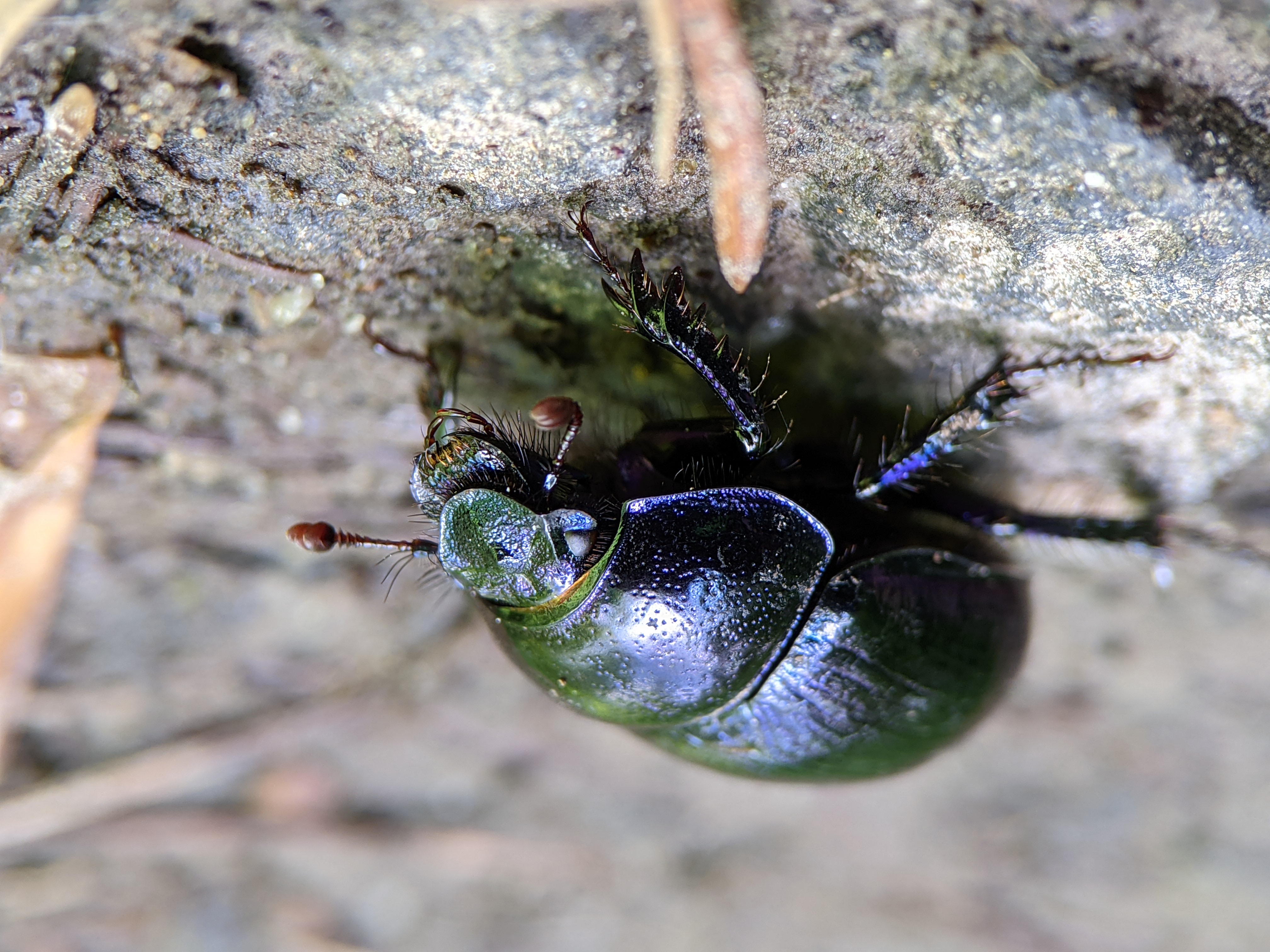
Cerambycidae
Longhorn beetles
antennae as long as or longer than body (in most species…)
3rd tarsomere heart-shaped
elongated body
e.g. Aromia moschata
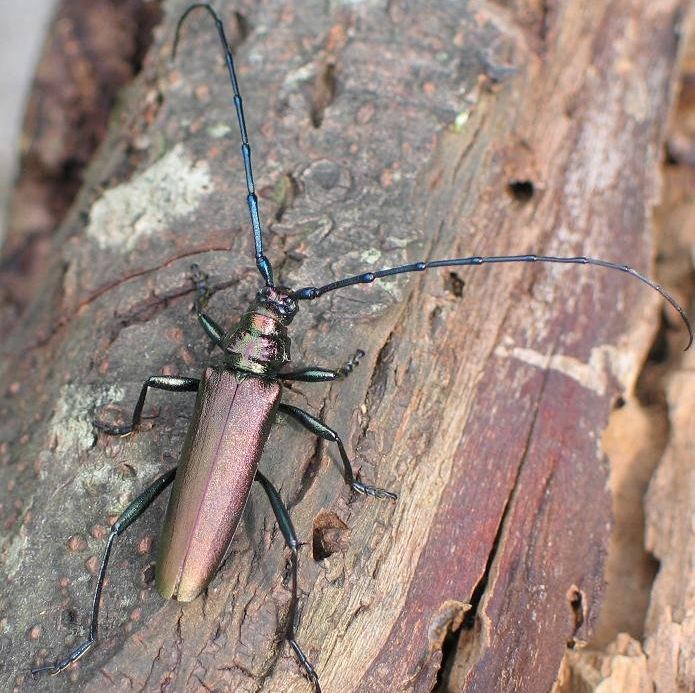
Curculionidae
WEEVILS!!!
downwards-curved snout (rostrum) possessed by many species, though the rostrum is sometimes short
elbowed antennae
e.g. Curculio elephas
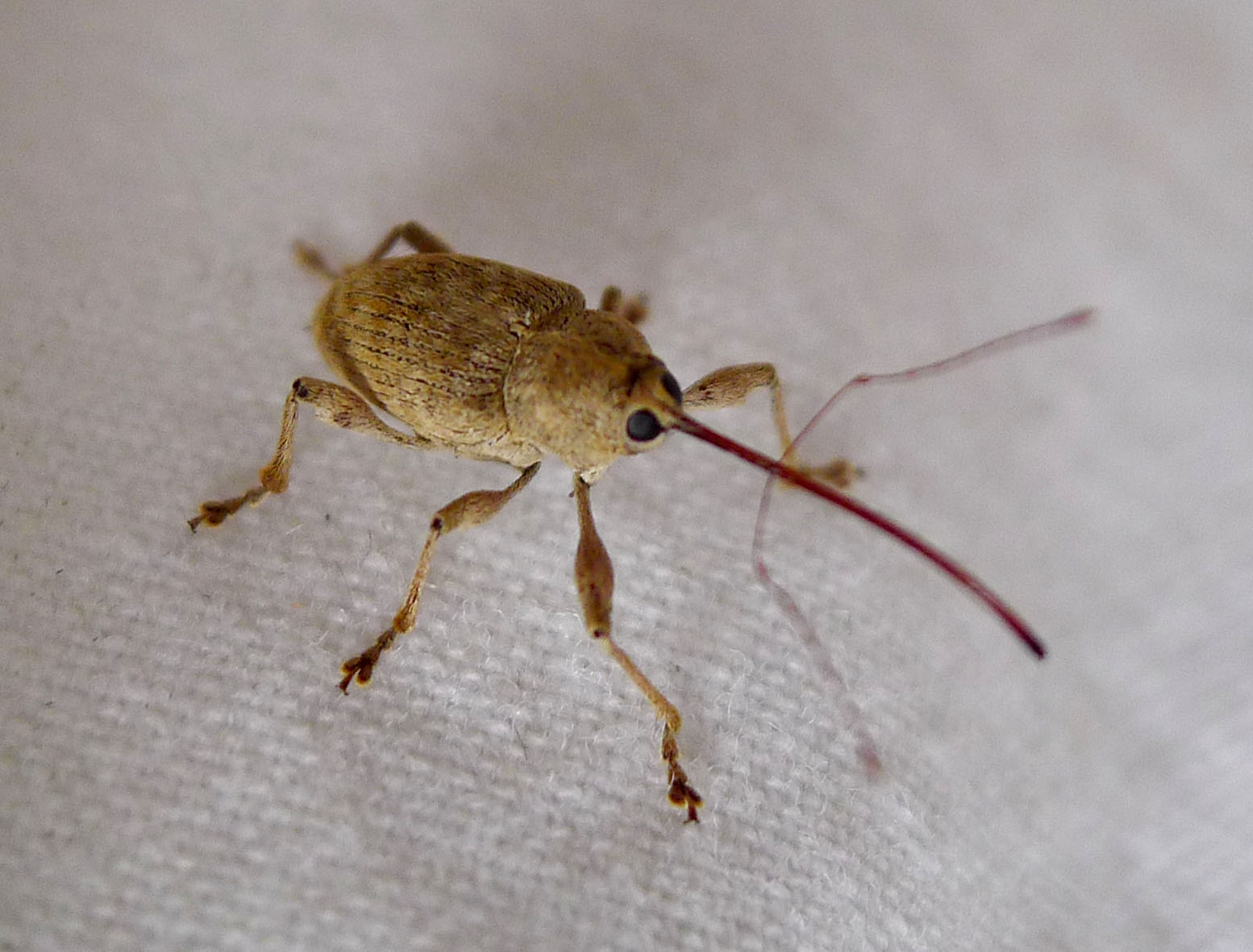
Buprestidae
Jewel beetles
Shape is generally cylindrical or elongate to ovoid
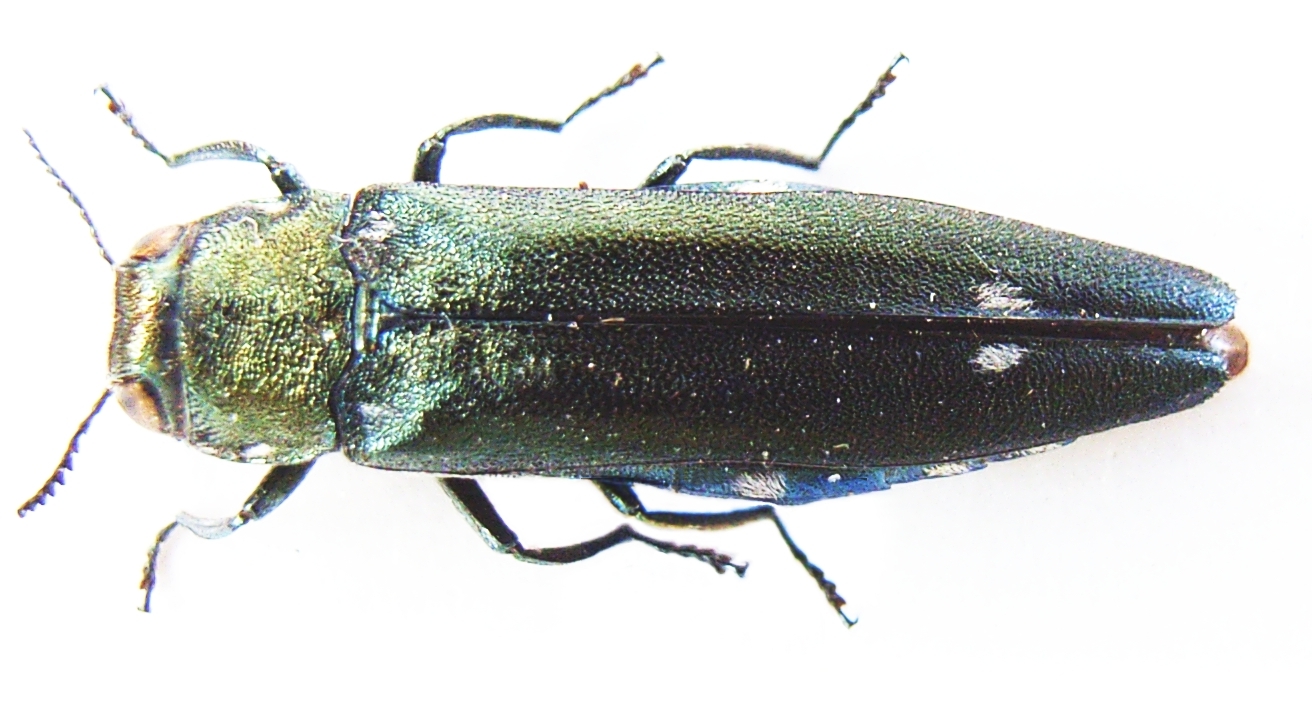
Mordellidae
tumbling flower beetles (Stachelkäfer)
have abdominal tip which aids them in performing tumbling movements
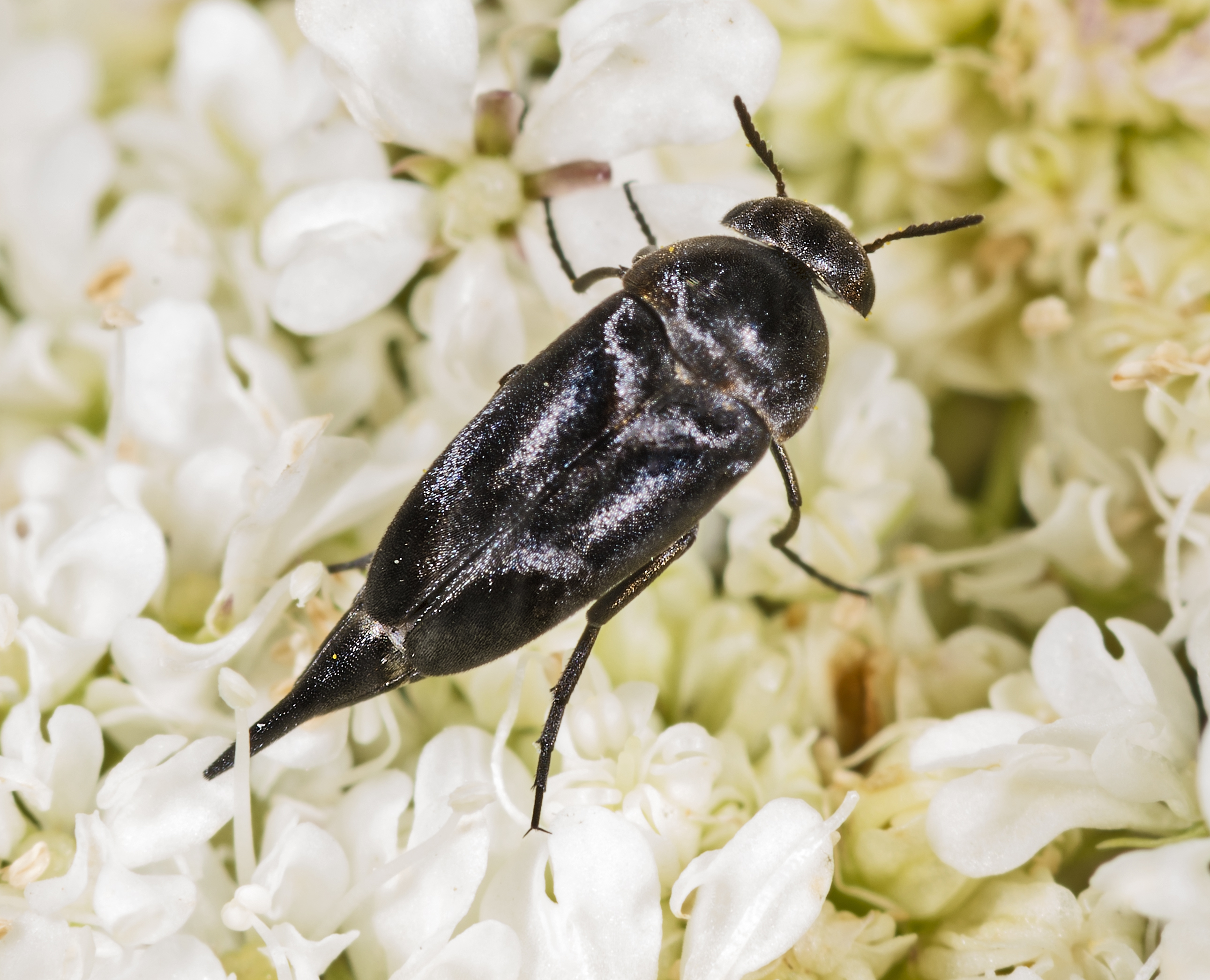
Elateridae
Click beetles
Click-mechanism: A spine on the prosternum can be snapped into a corresponding notch on the mesosternum, producing a violent "click" that can bounce the beetle into the air
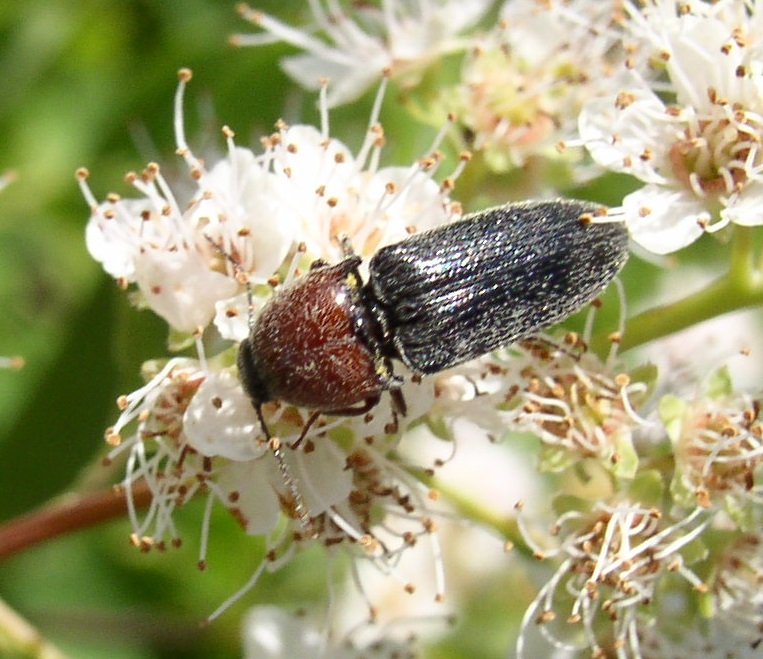
Oedemeridae
false blister beetles (Scheinbockkäfer)
slender, soft-bodied beetles of medium size found mostly on flowers and foliage
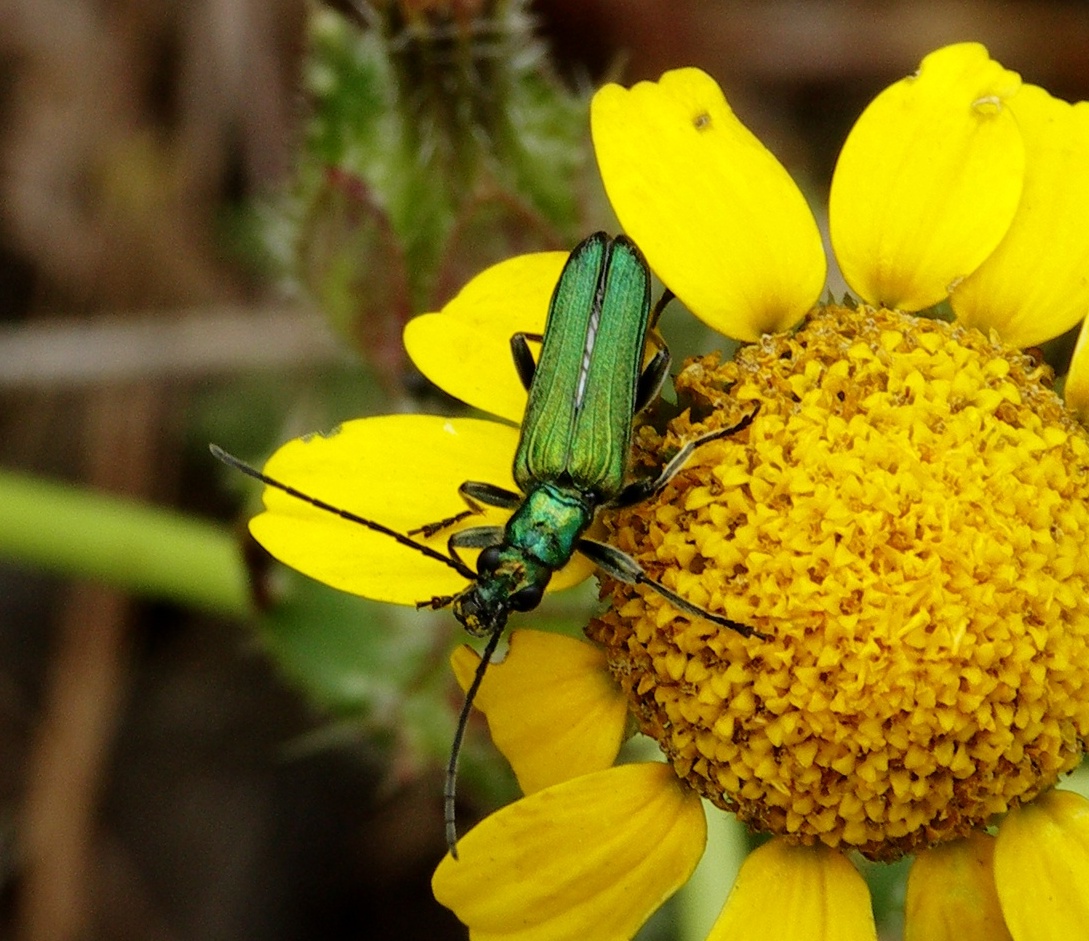
Dasytidae
Wollhaarkäfer
body covered in shaggy hairs
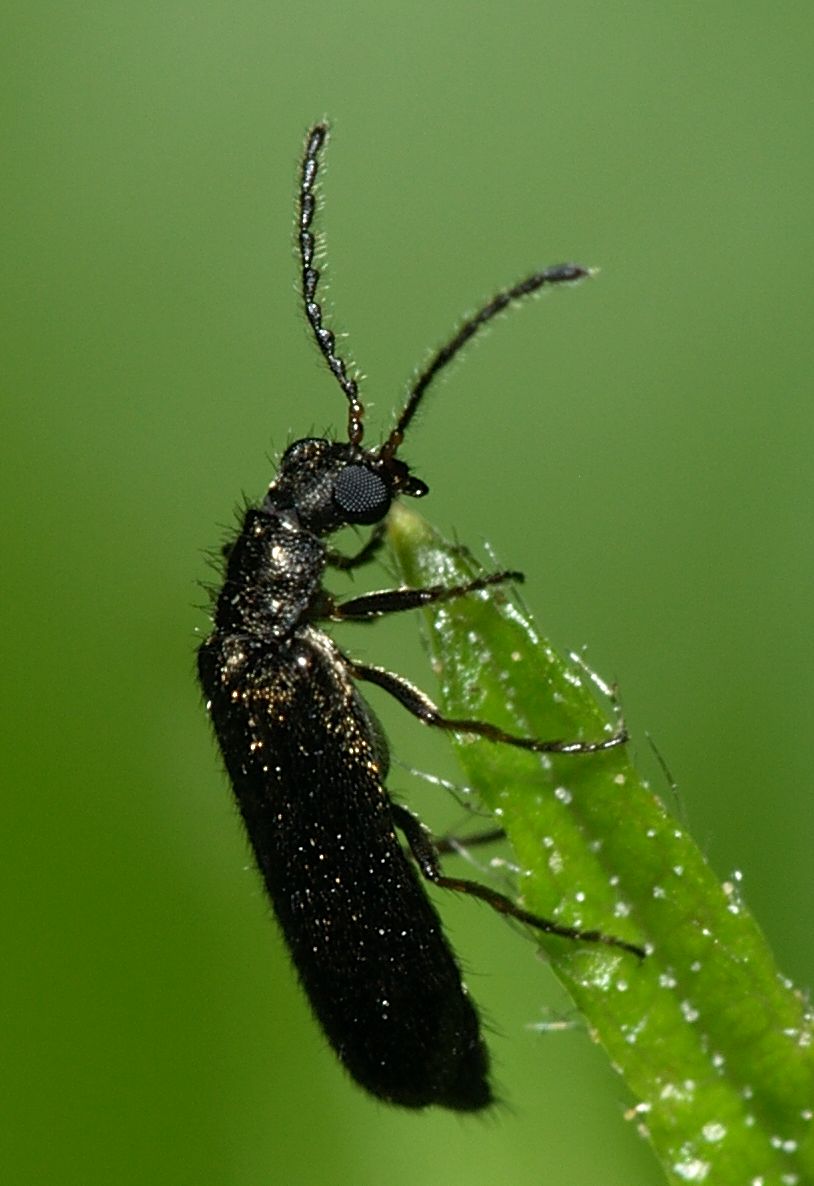
Horizontal gene transfer
Phytophagous lineages acquired genes from bacteria for better digesting plant material
Staphylinidae
Rove beetles (Kurzflügler)
Shortened elytra

Archostemata
Smallest suborder, less than 50 species known worldwide
Number of primitive characteristics, similar in morphology to first beetles, which appear in fossil record 250 ma
Myxophaga
Contains about 100 described species in four families, mostly very small
Most belong to Hydroscaphidae and the genus Sphaerius
Adephaga
10 families, mostly largely predatory beetles
35,000 species
Carabidae, Dytiscidae (diving beetles) and Gyrinidae (whirligig beetles)
Coxae of the hind legs are positioned in a way that divides the first abdominal segment
Often useful as bioindicators
Polyphaga
Largest of the suborders, 300,000 described species in 170 families
Including rove beetles, scarab beetles, blister beetles, stag beetles, ...
Dytiscidae
Adephaga
oval habitus
smooth, flat and solid :) streamlined
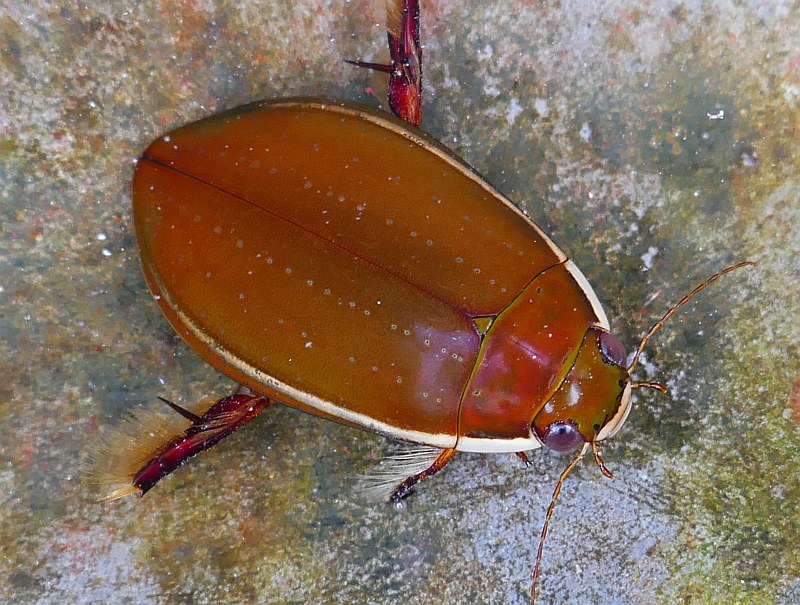
Families with parental care
Geotrupidae (dunng beetles): brood ball; rollers vs. tunnellers
some Chrysomelidae (leaf beetles)
Silphidae (carrion beetles)
Examples for active collection approaches
hand nets, aspirators,
barking, beating sheets
The two types of passive collection approaches
interception traps
baiting traps
What information should labels contain?
Locality label:
Country: Province/state,
City/area, point, coordinates,
altitude, date, trap, host
Leg.: Collector’s name
Identification label
TYPE material?
Genus’ name
Specific epithet Author, Year
Det.: Identificatior’s name, Year
Barcode
How could you catch ground-living beetles?
Pitfall traps
e.g. Carabidae
How would you catch Scarabaeidae?
Light traps, since they are often nocturnal
or bait traps, pheromone traps
How would you catch flower visiting beetles/insects?
Yellow plate trap (plus other colours)
e.g. Mordellidae
How would you catch flying insects?
Malaise traps,
emergence traps,
flight interception traps (also measure activity patterns)
How would you catch water beetles/water insects?
with a small net (e.g, kitch sieve), needs to be robust, e.g. Dytiscidae
panning
How would you catch soil and litter layer arthropods?
Swifting
Berlese/Winkler apparatus
How would you catch foliage living beetles?
beating, with beating sheets, e.g. Curculionidae
fogging mayhaps (using a pyrethroid-based insecticide, collecting panels with a collection tube)
Variation of a trait
2 character states can
be fully separated (like in molecular data)
or
overlap (often in morphological data, e.g. color, size,…)
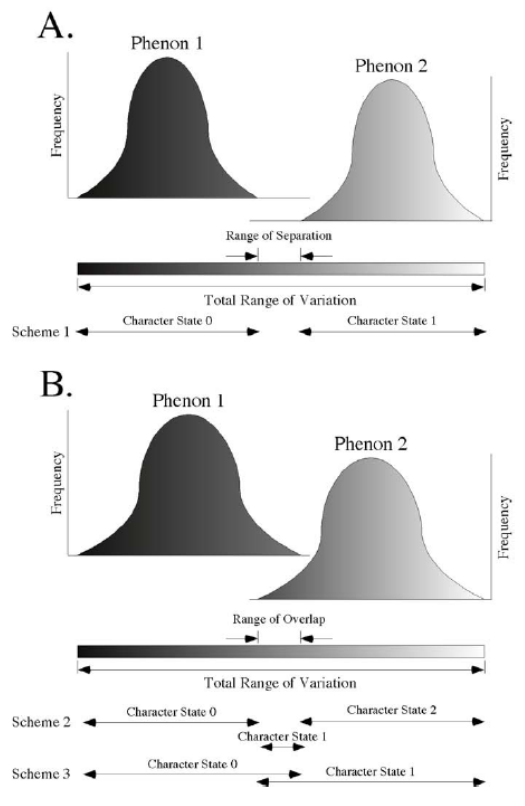
Why do we even still need morphological data/morphology?
Says a lot about lifestyle/habitat of a species
Easily accessible even in distance
Available in fossils/images etc.
(easier link to taxonomix category; just comes naturally to us/easier to understand…)
Quantitative tools to study morphology:
Distance measurements
Measure size
Landmarks
Putting specific landmarks on well-homologized spots of different specimens
Can be analyzed in coordinate system
Shape outline
E.g. measuring from central point
PCA
:) Principal component analysis:
is mathematically defined as an orthogonal linear transformation that transforms the data to a new coordinate system such that the greatest variance by any projection of the data comes to lie on the first coordinate (called the first principal component), the second greatest variance on the second coordinate, and so on.
Cluster analysis
assigning a set of objects into groups (called clusters) so that the objects in the same cluster are more similar (in some sense or another) to each other than to those in other clusters.
Methods to infer apomorphies:
1) Defining character polarity a priori (Hennig: outgroup comparison)
(“old fashioned” method as it fails with more complex data)
2) To perform a phylogenetic analysis (computer-based)
and using an outgroup to define character polarity (i.e. apomorphic vs. plesiomorphic state by rooting the tree)
Silphidae
Carrion beetles (Aaskäfer)
parental care <3
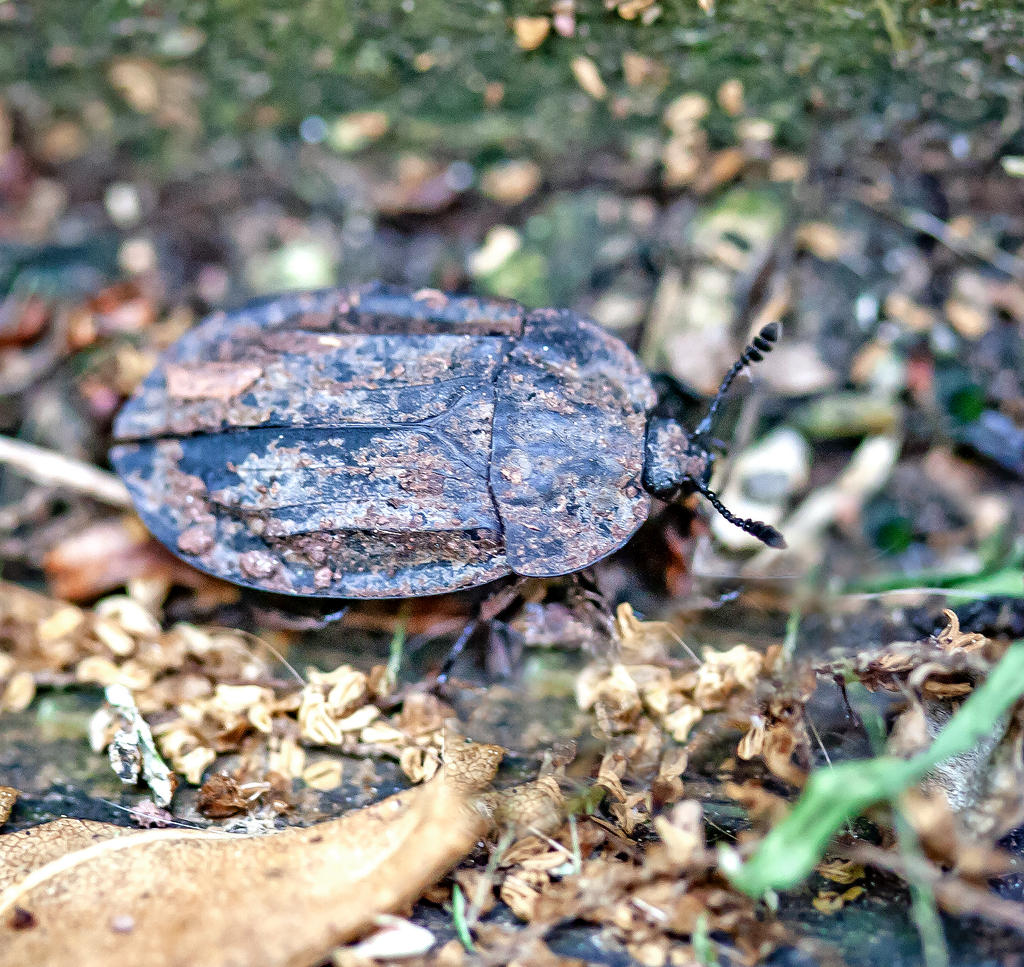
Phytophaga
Contains superfamilies Chrysomeloidea and Curculionoidea
e.g. Cerambycidae, Chrysomelidae, Curculionidae
Tarsi pseudotetramerous or cryptopentamerous, where the fourth tarsal segment is typically greatly reduced or hidden by the third tarsal segment.
Phytophaga: horizontal gene transfer
acquisition of genes from bacteria and fungi that encode enzymes capable of breaking down plant cell wall components (cellulose)
Name examples for aquatic beetle families and their adaptations for their aquatic lifestyle!
Dytiscidae (Diving Beetles):
Strong swimmers and predators
with streamlined bodies
long, fringed legs for propulsion
Gyrinidae (Whirligig Beetles):
habit of swimming in circles on the water surface
divided eyes to see both above and below the surface.
name types of active/passive traps/collection methods and the corrosponding insects that are caught with them
active
aspirator : usually small flying insects
beating sheet : nonflying insects on trees, foilage
barking : beetles and their larva that eat/live in wood
passive
sticky traps (with and without pheromones) : flying insects
moericke traps : hymenoptera and some diptera
pitfall traps : ground walking insects
malaise traps : flying insects especially diptera and hymenoptera
emergence traps : insects that emerge from the soil
Holometabola
Hymenoptera, Neuropteroids, Coleoptera, Trichoptera and Lepidoptera, Mecoptera, Siphonaptera, Diptera